
Some of the “truths” about pizza are as fake as canned parmesan claiming to be cheese. Over the decades, myths have slid into the mainstream, often backed by tradition, hearsay, or plain marketing. This list rips the lid off the most widely believed pizza misconceptions. Get ready to slice through the fiction—one myth at a time.
Margherita Pizza Was Invented For Queen Margherita
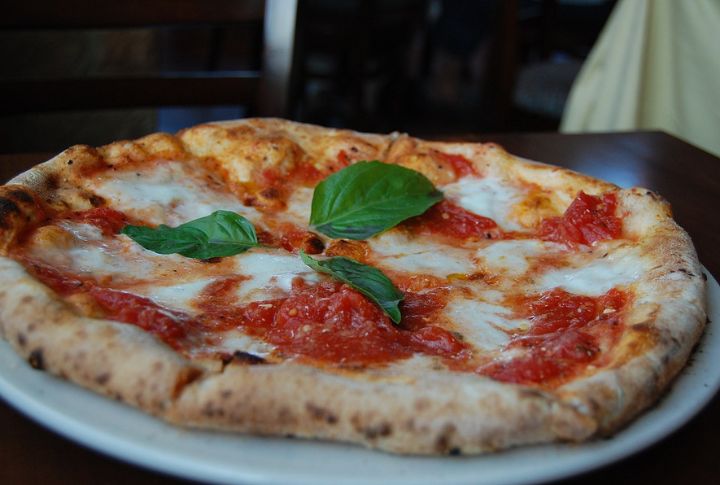
Historical records reveal a surprising gap between the queen’s 1889 visit and the first printed claim linking her to the pizza. That 40-year silence raises eyebrows. Culinary experts have since concluded that the beloved origin story was cooked up for publicity, not fact.
Pizza Originated In Italy

Modern pizza, as we know it—cheese, tomato sauce, flatbread—emerged in Naples. However, archaeological evidence points to ancient cultures like Persia and Greece baking flatbreads topped with ingredients long before Italians added tomatoes. Naples refined it, sure, but the foundation had already been laid centuries earlier across the Mediterranean.
Pepperoni Is America’s Oldest Topping
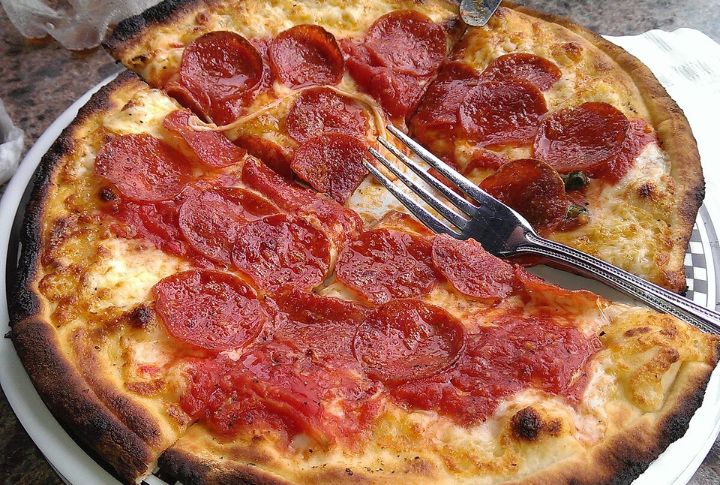
You’d expect it to reign as the original favorite, but pepperoni first appeared in Italian markets shortly after World War I. Earlier pizzerias leaned on anchovies, mushrooms, onions, and green peppers. The rise of pepperoni came later, spurred by its smoky appeal and mass-market popularity.
Pineapple On Pizza Is A Modern Hipster Trend

It’s easy to assume this topping trend started with quirky foodies, but Hawaiian pizza actually dates back to 1962 in Ontario, Canada. A Greek immigrant named Sam Panopoulos tossed canned pineapple on a pie, and customers loved the contrast. So, it’s older than many current topping staples.
New York Water Is What Makes The Pizza Great
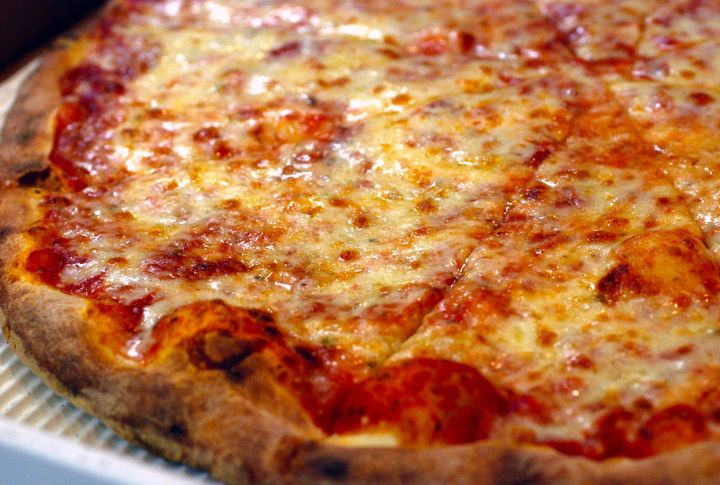
Regional dough differences rarely come down to the kind of water. Lab tests consistently show that yeast and gluten react similarly across varied water sources. The real variables—fermentation technique, high-gluten flour, and proper proofing—determine whether a crust becomes iconic or forgettable.
Chicago Deep-Dish Is A Time-Honored Windy City Tradition

Few realize that what’s widely considered “authentic” Chicago pizza didn’t exist until the mid-20th century. Deep-dish debuted in 1943 at Pizzeria Uno, largely catering to out-of-town appetites. The real local favorite, especially for working-class Chicagoans, has been the tavern-style thin crust, which is cut in squares and predates deep-dish.
Italians Always Eat Pizza With A Fork And Knife
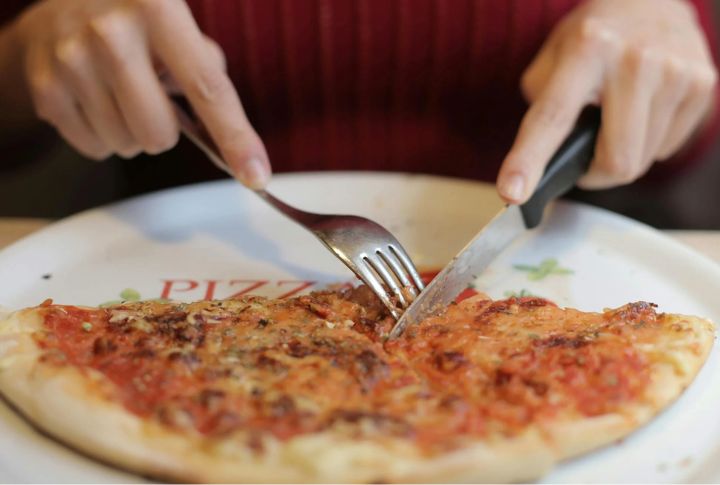
There’s no unified etiquette when it comes to slicing pizza in Italy. While some upscale spots may offer silverware, most Italians happily fold slices with their hands, especially when dining at pizzerias. That image of prim and proper pizza dining? It’s more stereotypical than standard.
Pizza Is Always Round Because It Cooks Better That Way
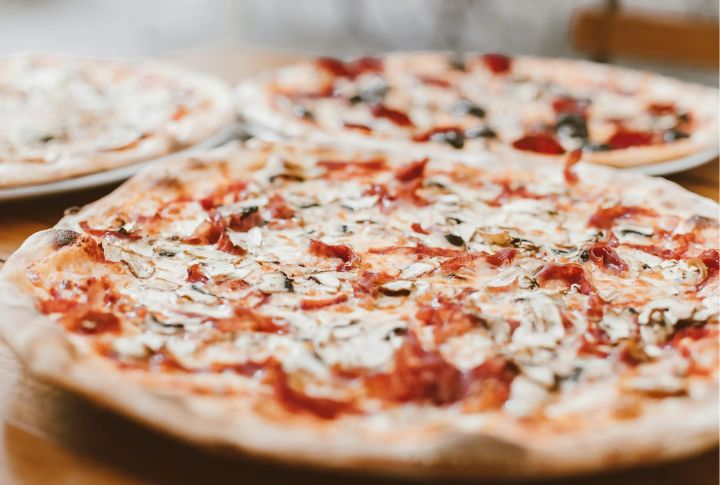
Geometry gets more credit than it deserves here. Round pizzas are easier to bake evenly and box, mostly in mass production. But square, oval, and rectangular pies work just as well. In fact, many traditional Roman pizzas are served al taglio—rectangular and sold by weight.
Brick Ovens Are Always Better Than Modern Ones

Romance surrounds the brick ovens, but modern steel or electric ovens can outperform them in consistency and temperature control. While brick offers unique thermal mass, great crust and char come down to skilled technique, not masonry. The best pies are made by people, not bricks.
Frozen Pizza Is An American Invention
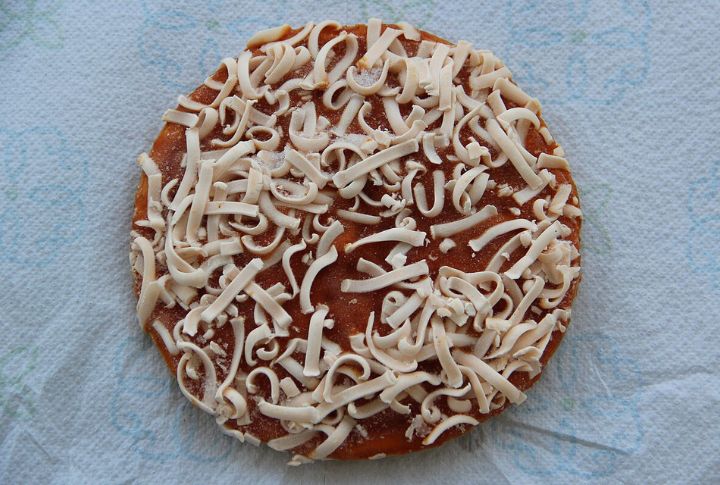
Although commercial packaging may have given it mass appeal in the States, the concept of frozen pizza originated in Italy. Bakers there, responding to postwar needs, created par-baked versions to help soldiers enjoy quick meals. The American food industry simply scaled an idea born out of necessity overseas.
Leave a comment